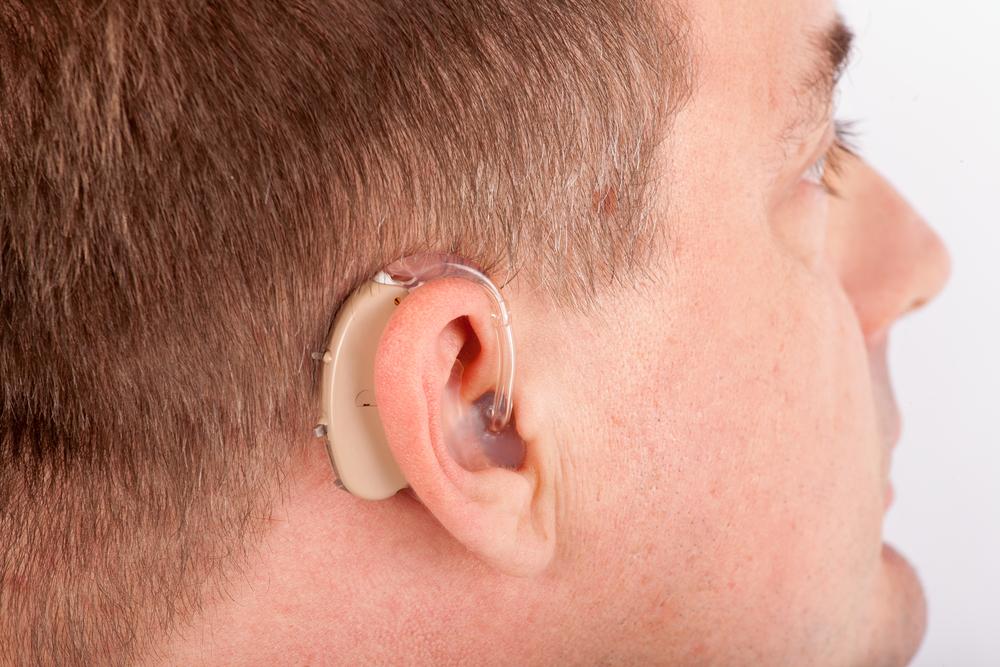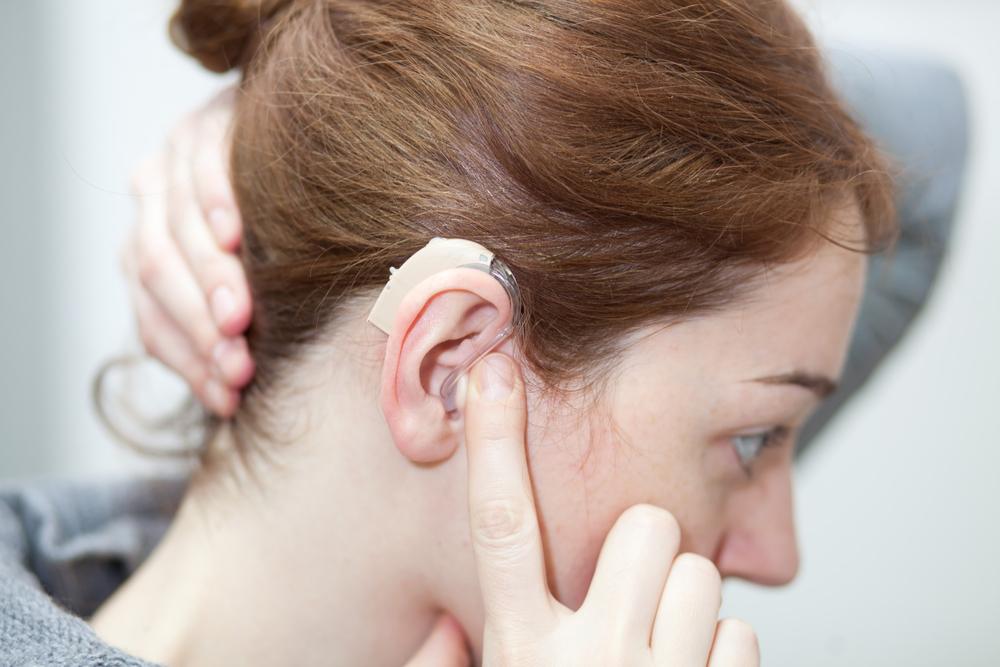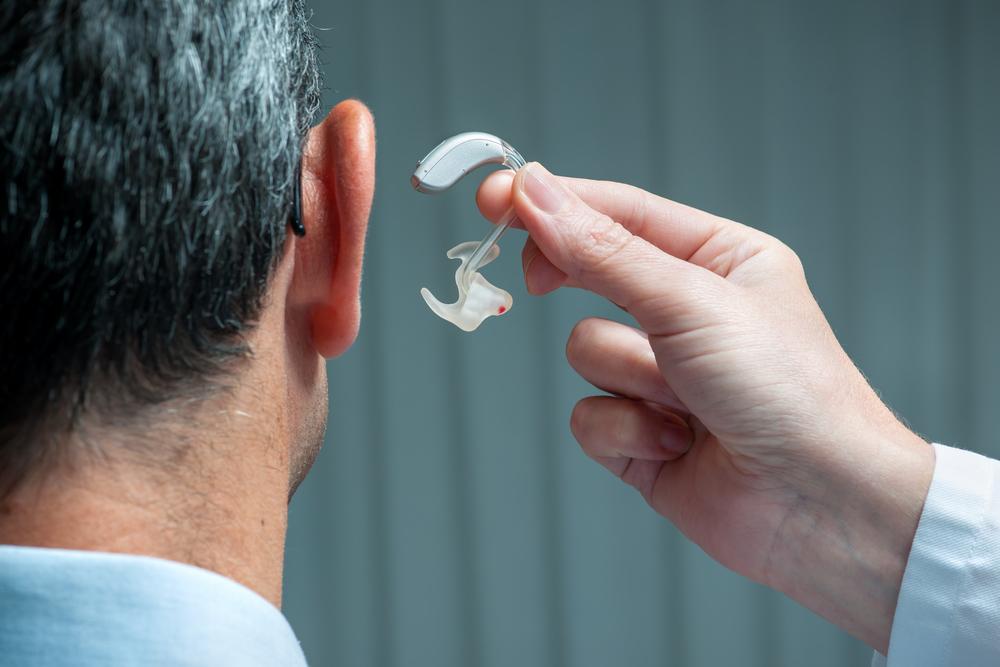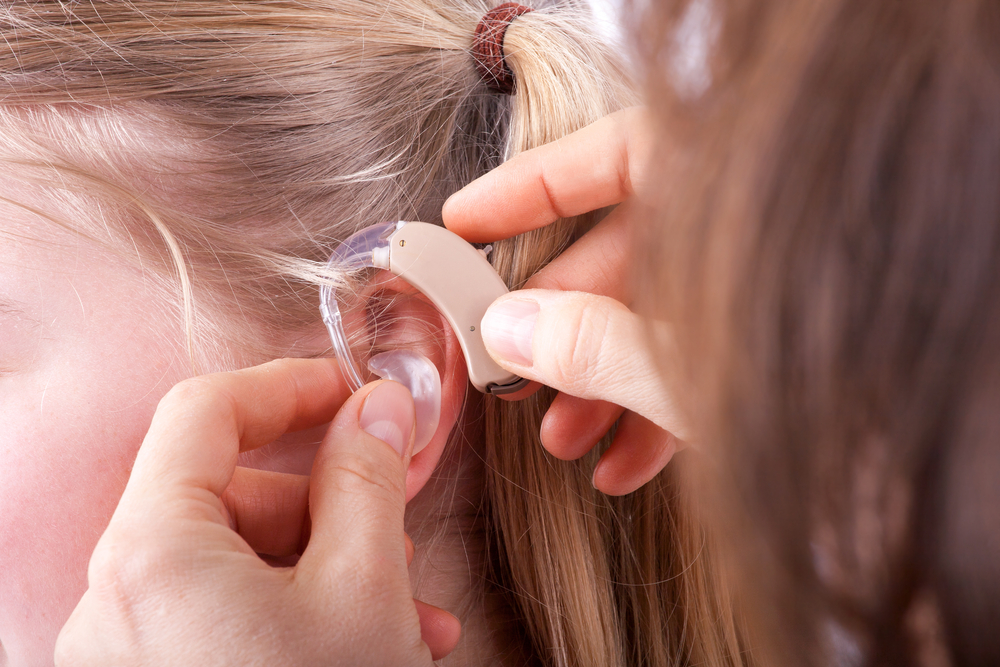Comprehensive Guide to Choosing the Best Hearing Aids from Specsavers
This comprehensive guide provides expert tips on selecting the best hearing aids from Specsavers. It covers hearing assessments, device types, budget considerations, and fitting tips to ensure optimal hearing and comfort. Smart choices can significantly enhance your quality of life with tailored auditory solutions and supportive aftercare services.

Comprehensive Guide to Choosing the Best Hearing Aids from Specsavers
Specssavers, a leading British provider specializing in optical and auditory health solutions, has established a reputation worldwide for delivering high-quality hearing aids and related services. Whether you’re experiencing mild hearing loss or more significant impairment, Specsavers offers a wide range of hearing devices designed to suit different needs. They also provide free hearing assessments, ensuring personalized recommendations without the obligation to purchase. Their commitment to customer satisfaction is reflected in their extensive aftercare programs, which include free batteries that can last up to four years, a generous 90-day satisfaction guarantee, and continuous free support to help users adapt to their new hearing aids.
If you're considering investing in a hearing aid, selecting the right device involves understanding your specific hearing needs, lifestyle, and budget. This comprehensive guide will walk you through the essential steps and considerations, helping you make an informed decision that enhances your quality of life.
Start with a professional hearing evaluation:
One of the most crucial steps in choosing the ideal hearing aid is conducting a thorough hearing evaluation. Specsavers offers complimentary hearing tests performed by certified audiologists. These assessments help determine the exact nature and extent of your hearing loss, and they identify specific needs tailored to your auditory profile. An accurate diagnosis is essential, as different types of hearing loss require different device features and configurations. During the assessment, audiologists will also discuss your medical history and any concerns you may have about your hearing health.
Evaluate your daily activities and listening environments:
Understanding your lifestyle is vital for selecting the right hearing aid. Do you spend a lot of time in noisy environments, such as restaurants or social gatherings? Or do you primarily use hearing devices at home or during meetings? Are you physically active and require a durable, sweat-resistant model? Sharing details about your routine enables the audiologist to recommend devices that effectively address your specific listening challenges while remaining comfortable and easy to use.
You can explore various types of Specsavers hearing aids, each designed for different preferences and degrees of hearing loss:
Completely-In-Canal (CIC): Designed to fit deep inside the ear canal, CIC aids are virtually invisible and ideal for users seeking discretion. They are custom-made for a snug fit, providing a natural hearing experience.
In-The-Canal (ITC): Slightly larger than CIC, ITC devices fit partly in the ear canal, offering a balance between concealment and functionality. They often include additional features like volume control and directional microphones.
In-The-Ear (ITE): Fully customizable, ITE hearing aids sit in the outer part of the ear, making them accessible and easy to handle. They can come as full-shell or half-shell designs depending on the extent of hearing loss.
Behind-The-Ear (BTE): This classic design rests behind the ear and connects to a custom-fit earpiece. BTE devices are robust, suitable for a broad range of hearing loss levels, and typically include advanced features beneficial for active users.
Receiver-In-The-Ear (RITE): Similar to BTEs but with a receiver placed inside the ear canal, RITE aids offer improved sound quality and reduced feedback. They combine the durability of BTEs with the discreetness of smaller devices.
Invisible-in-Canal (IIC) or Ultra-Compact Aids: The smallest and most discreet options, these are placed deep inside the ear canal, making them nearly invisible. They are powered by modern miniaturized technology, perfect for users who prioritize aesthetics.
When choosing your hearing aid, consider your financial budget and ease of operation:
Prices for hearing aids vary significantly, typically ranging from approximately $1,500 to over $4,000. Factors influencing cost include device technology, features, brand, and customization level. More advanced models with noise reduction, rechargeable batteries, and connectivity options tend to cost more. Additionally, ease of use is a critical factor—especially for seniors or individuals with dexterity challenges. Devices that require frequent battery replacement or complex controls might be less suitable if ease of handling is a priority.
Assess your specific needs based on your lifestyle and activity level:
If your daily routine involves mainly quiet environments or minimal communication, basic hearing aids may suffice. Conversely, if you are often in noisy settings, engaged in professional activities, or require high-fidelity sound for music or conversation, investing in premium models with sophisticated noise-canceling features or multiple program settings is advisable.
Experience a demo before making a final decision:
Most reputable providers, including Specsavers, offer trial periods or demo sessions to help you evaluate different models. These sessions allow you to try different styles for fit and comfort, test their performance in real-world scenarios, and ensure you are comfortable with the devices before committing. Proper fitting and comfort are crucial for consistent usage and satisfaction.
Getting accustomed to your new hearing aids involves familiarization and training:
Once fitted, it’s essential to undergo auditory training if recommended. This process helps your brain adapt to amplified sounds, reducing discomfort and improving hearing efficiency. Specsavers offers guidance, group sessions, and training programs tailored for new users, including seniors transitioning to new devices. Proper adjustment and practice will help maximize the benefits of your hearing aids, ensuring clearer sound, better spatial awareness, and improved communication.
Regular follow-up and maintenance:
Ensuring your hearing aids function optimally requires routine check-ups. During follow-up visits, audiologists can fine-tune settings, clean devices, and address any issues like feedback or discomfort. Switching batteries or upgrading technology over time can enhance your experience and prolong device longevity.
In conclusion, choosing the right hearing aid involves a combination of professional assessment, understanding your lifestyle, evaluating device features, and testing comfort. Specsavers, with its comprehensive services and diverse range of hearing devices, provides an excellent option for those seeking reliable, personalized hearing solutions. Remember, investing in quality hearing aids not only improves your auditory health but also enriches your overall quality of life by restoring meaningful connections with your surroundings.





